Local 2.0: Will We Continue to Support Local in a Post-Pandemic World?
08.09.21 - MARM THINKS
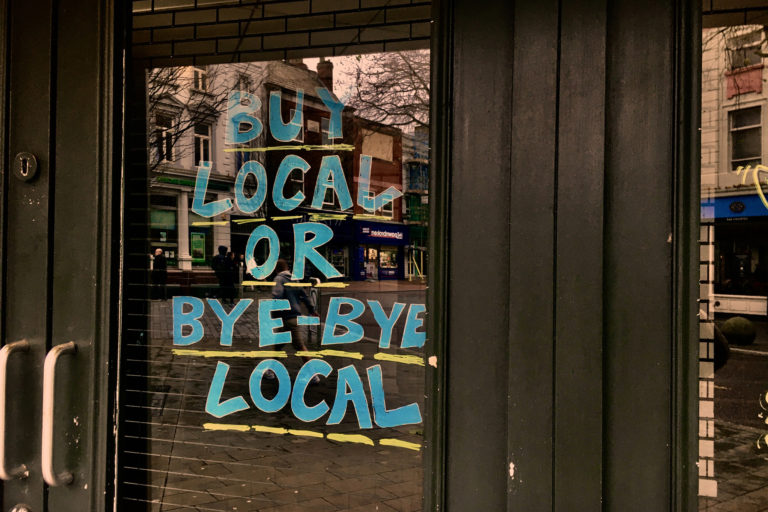
As our lockdown routines compete with revived social calendars, and real life interactions take centre stage once again, what will consumers take with them into a post-covid existence, and will we see lockdown habits stand the test of time?
Throughout the pandemic, we’ve witnessed various sectors forced to evolve and adapt, but one thing we’ve seen clearly across the board is a move from global to local, in both the places we spend, and our spending mentalities. Over the last 18 months community-focused purchases have increased, causing many businesses to switch strategy at breakneck speed – but will these habits stick? For many, shopping locally began from necessity. The ‘big Tesco’ was out of reach or empty of stock, and people desperately needed other ways to get their daily essentials. Small business filled this gap, and combined with a sense of civic duty to ‘save’ the local community, people really began to get behind local shopping experiences, both on and offline. As with many social and eco initiatives, it connected consumer demands with the ‘do good factor’, and through varying national restrictions we’ve seen people remain steadfast in their new local loyalty. In a recent survey, Barclaycard predicted this trend is here to stay, with 9 in 10 of those shoppers expecting to continue shopping locally from now on (source: Barclaycard). This is encouraging to many independents, but the time is now to double down and adapt to this evolving consumer. Necessity may have forced people towards it, but a wider shift in consumer behaviour and awareness has ushered in a rethink, providing real opportunity to local businesses. Conscious consumption, something bubbling away pre-pandemic, has rooted itself firmly in many consumer minds. Produce provenance, the knowledge of where food is grown, caught or made, is more prevalent than ever. Both these factors look to serve local businesses well, if they can harvest them correctly.
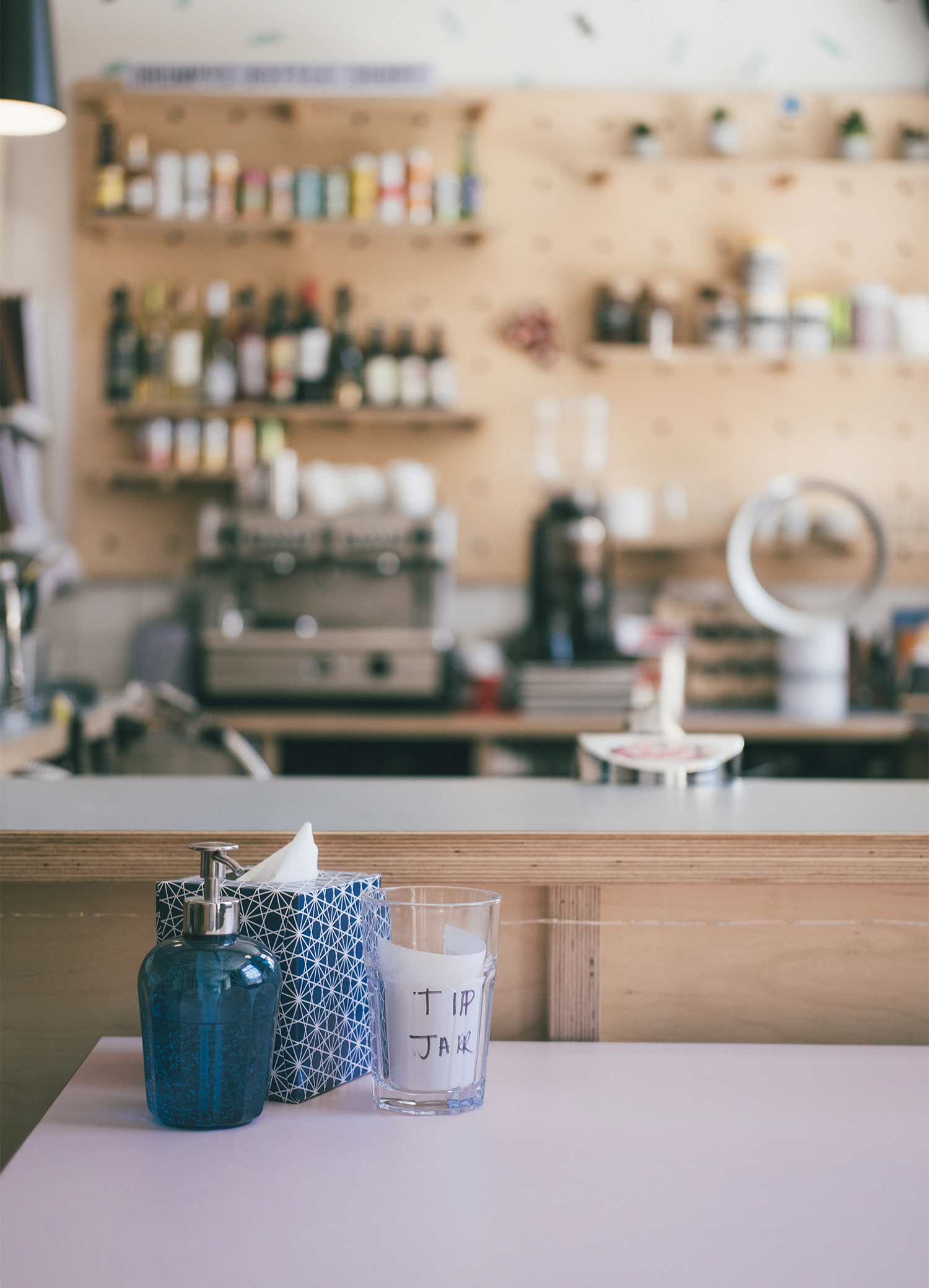
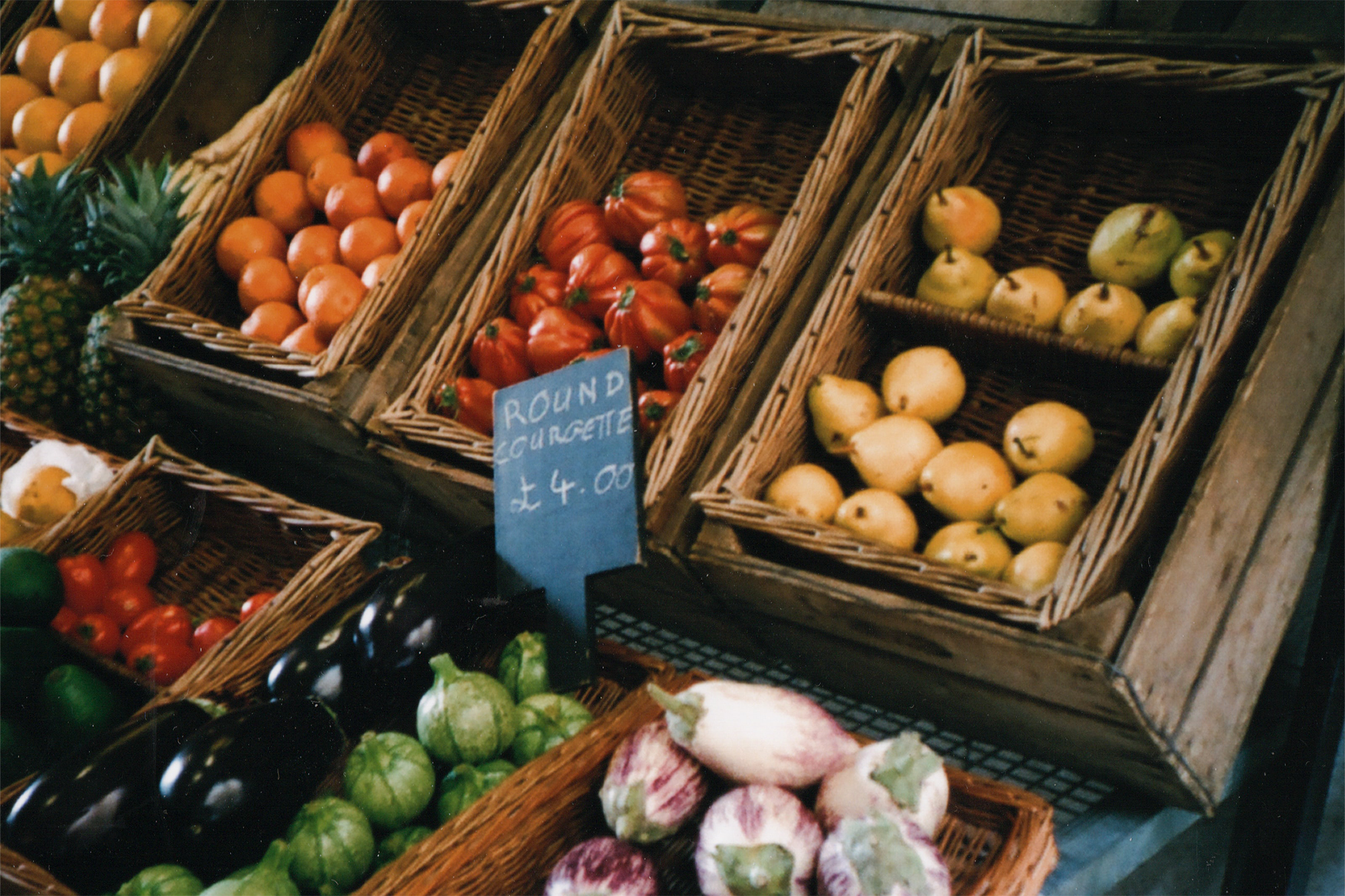
The pandemic in many ways gave people time to slow down. Time to reset. We’ve been endlessly consuming and educating ourselves on many socio-economic and ecological issues as they take control of our newsfeeds. We saw this play out in last summer’s Black Lives Matter protests, igniting global discourse in every corner of the media and society. And this year, an ever more urgent topic at the forefront of news and conversation has been the climate crisis. This has prompted a huge rise in ‘Eco-Anxiety’ – the increased sense of helplessness and worry about the future of the earth – amongst audiences, resulting in consumers searching for ways to make a difference. The culmination of these global pressures are translating into the way we shop, and where we choose to do so. An example of which is food provenance, a concern that, according to ThoughtWorks, is causing 40% of shoppers to factor this highly in their spending habits. This shows a clear shift in the way people think about the food and drink that they buy – what is the journey from farm to table? What are the wider implications my purchases have on the world?
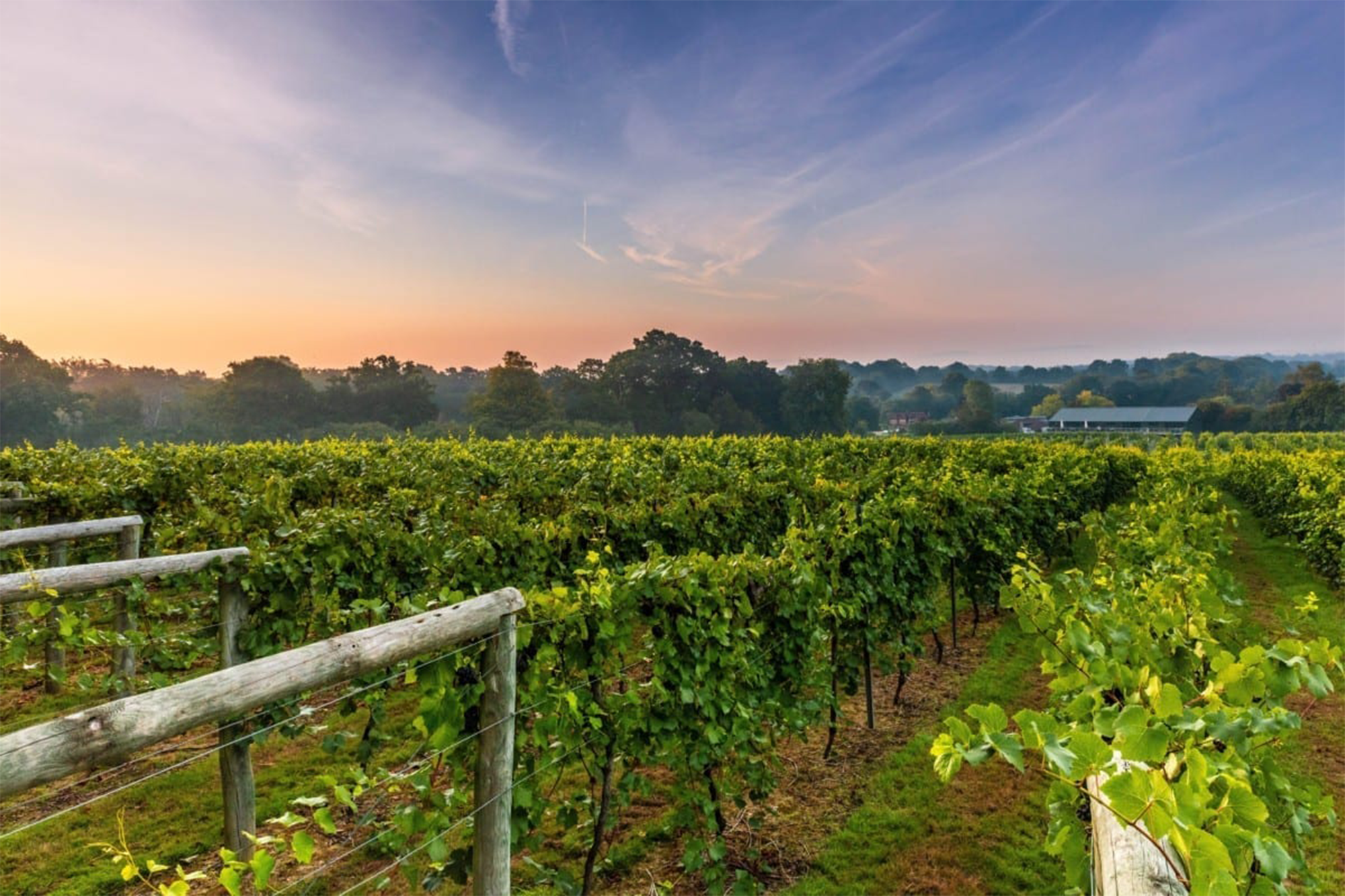
Nowhere has the climate conversation, and the real-time effects of climate change been more prevalent than the wine industry. Long before the pressures of 2020, winemakers felt the effects on their vineyards. Be it wildfires in Australia, floods in South America or increasing temperatures across Europe, their product is forcibly changing, but now, so is their consumer. Good or bad, this has paved the way for unusual regions to take root, and over the past 5 years it’s become clear that Britain has the potential to cement its place in viticulture. Great news for us Brits, who love a bottle of the good stuff, and even better news for the conscious consumer, concerned with the provenance of their favourite beverage. Vineyard land in the UK has expanded by 150% in the last decade (source: Decanter), and with warmer growing seasons and soil comparable to other renowned wine regions, it shows no signs of slowing. As we watch countries and consumers look inwardly post-pandemic, English wine looks set to reap the benefits. As with all newcomers, it has some way to go, but with this fresh interest in local and direct to consumer models becoming the norm amongst millennial consumers, it has a real opportunity to position itself as a younger, more accessible market.
In turn, we’re seeing an exciting moment unfold in the visual language of English wine. By glorifying its uniquely British proposition, rather than slip into more classic European wine tropes, it can win the loyalty of consumers both domestically, and internationally. Be it through the diverse artistic fearlessness of Tillingham, or the pastel hues Henner’s plucked from the East Sussex coastline, it’s shaping up to be a playground of all things British, and a modern British take on produce provenance at that.
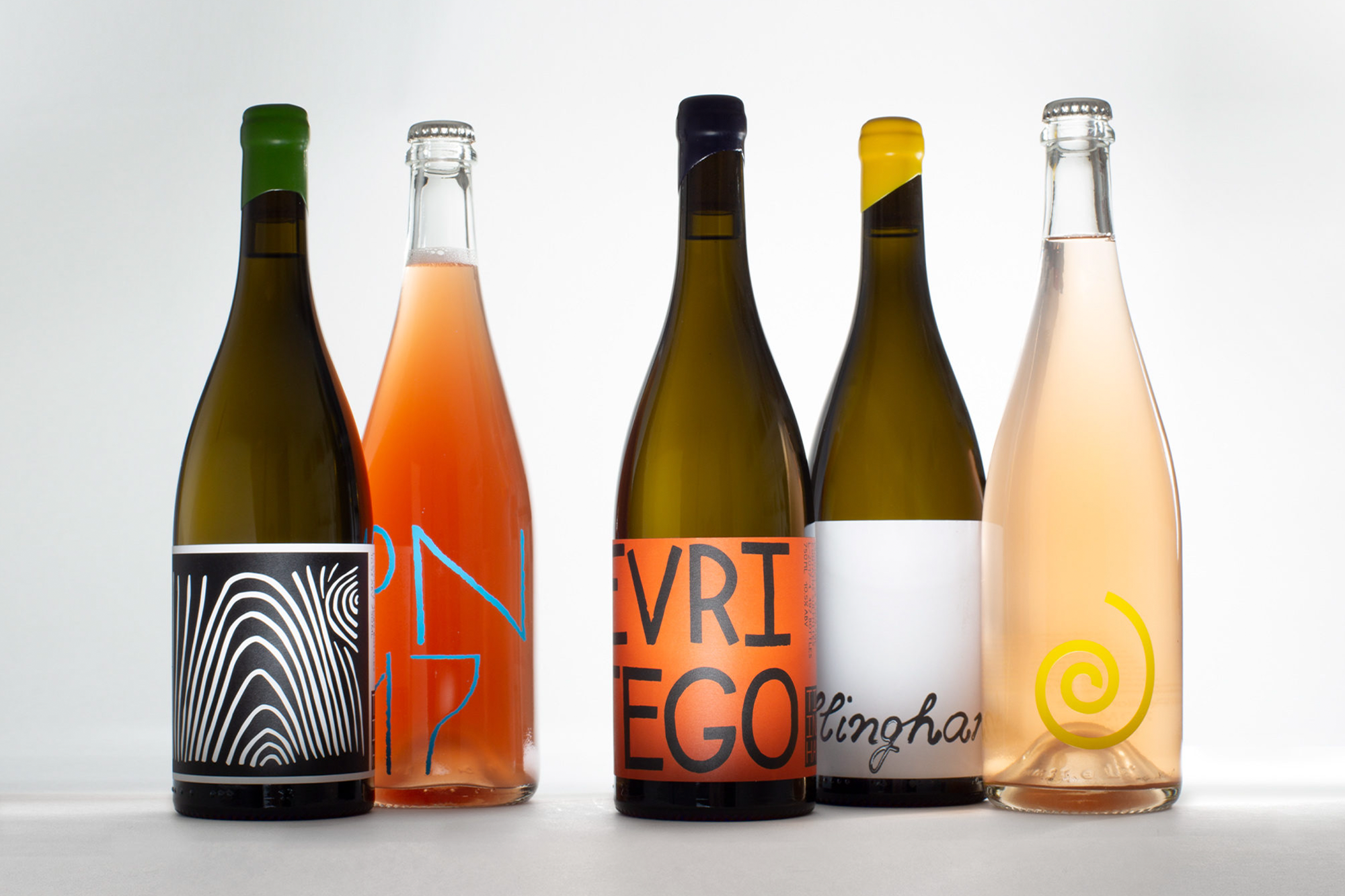
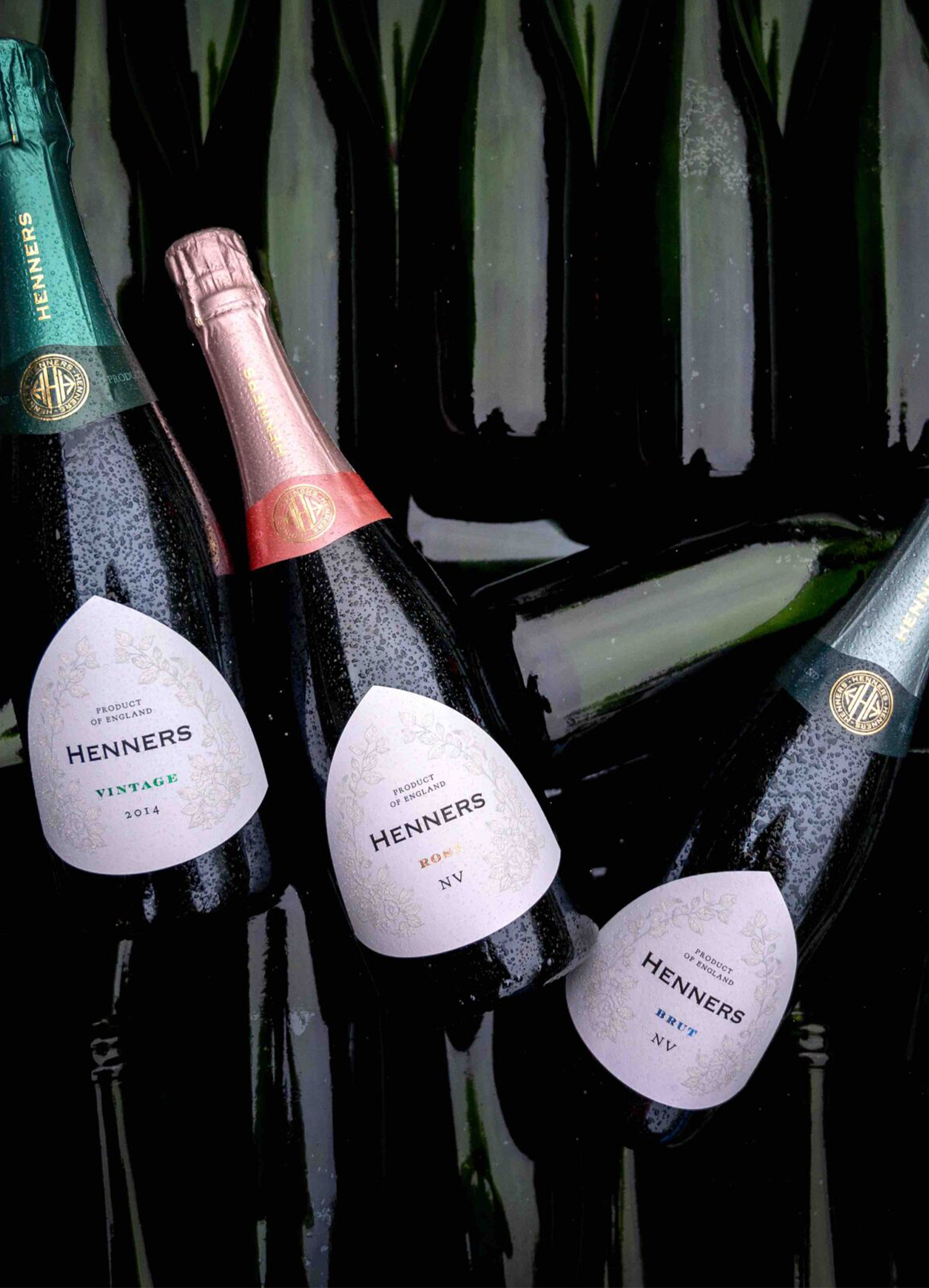
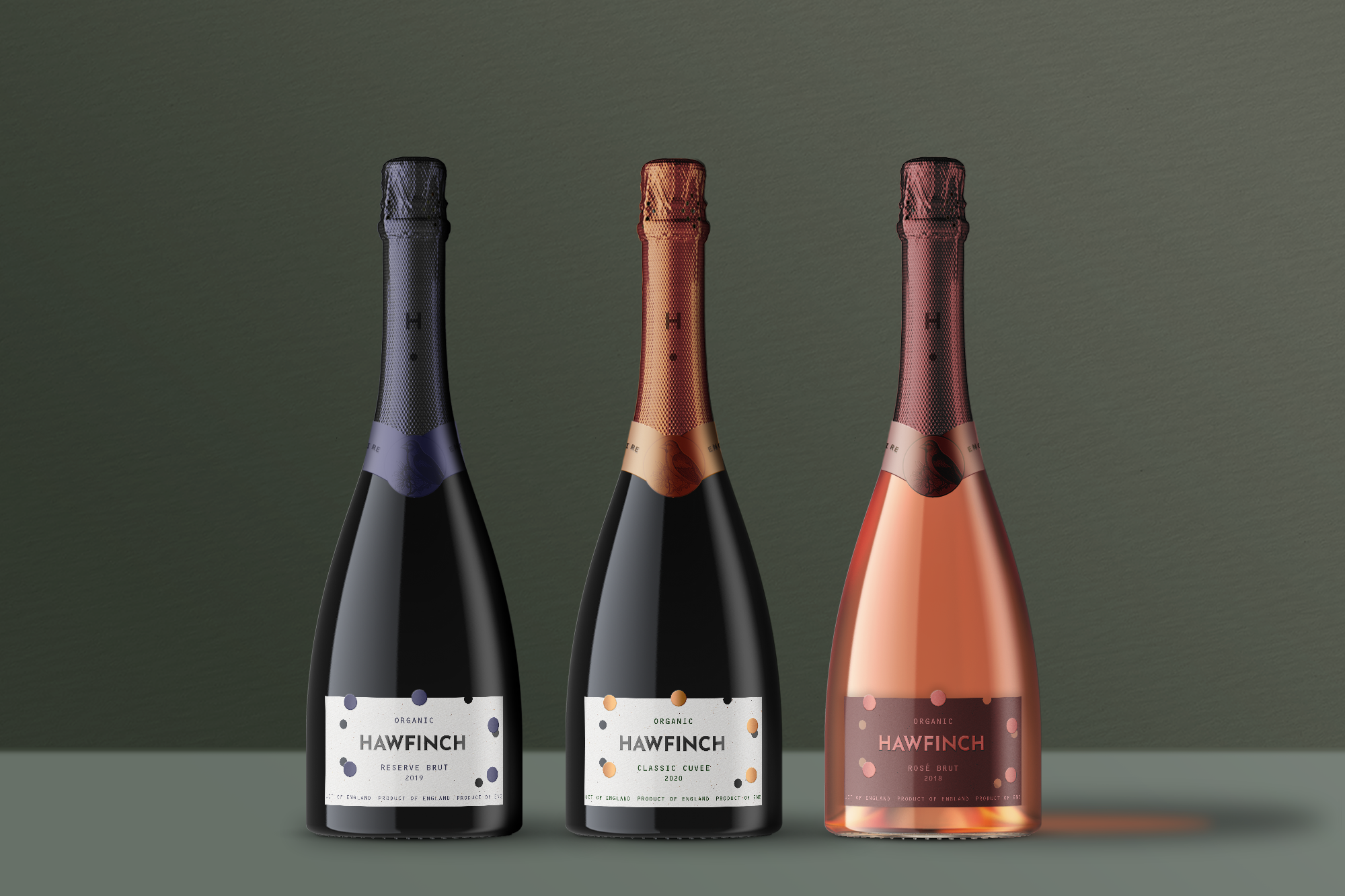
With millennial wine drinkers prepared to spend more ‘per bottle’ than their predecessors, and consumer mindsets looking closely at product origin, English Wine could easily become a post-covid, post-brexit success story. Factor in the popular indie underbelly of alternative wines (name me a small plates restaurant in London that doesn’t feature an Orange Wine, I’ll wait), and it’s exciting to see the potential of a market prepared to tap into an increasingly more educated, hyper-aware consumer.
Systems created to tie over business and reach customers fast popped up everywhere over the last year or so. Engaging social strategies and makeshift direct to consumer eCommerce became the norm, but this must only be the start of the journey. Be it within wine, or other local economies, the romanticism of ‘local’ is not enough to keep consumers engaged. By amplifying and diversifying the spaces in which they exist, bolstering the importance of domestic provenance, local community, and the ecological benefits they offer, local business can set the groundwork for a new approach to shopping. Investing in the infrastructures needed to make small businesses competitive and convenient are vital in creating a local 2.0 – the future generation of shopping – for a more purpose-driven consumer.
Discover our latest food & beverage work for Hawfinch, an English Sparkling Wine embracing a new aesthetic for British wine.